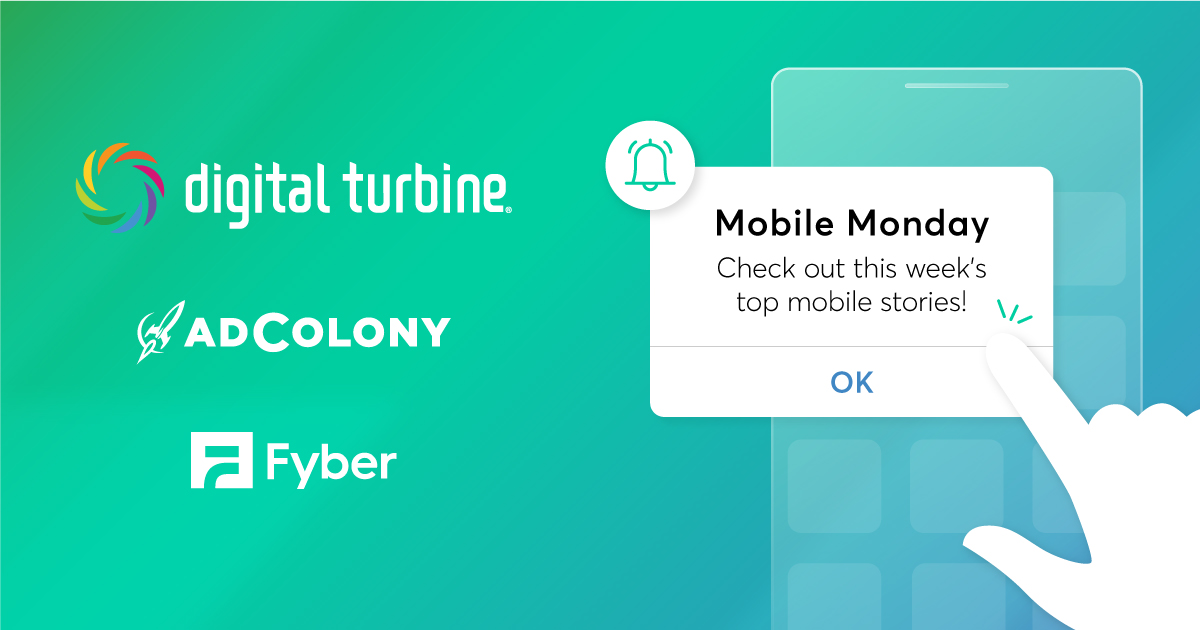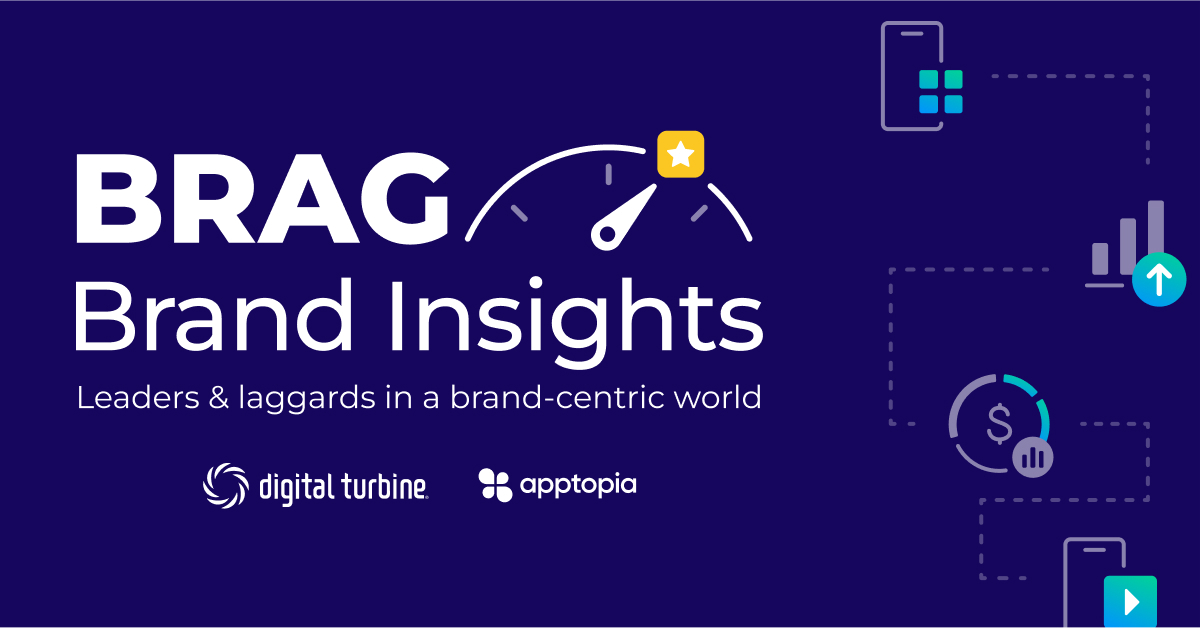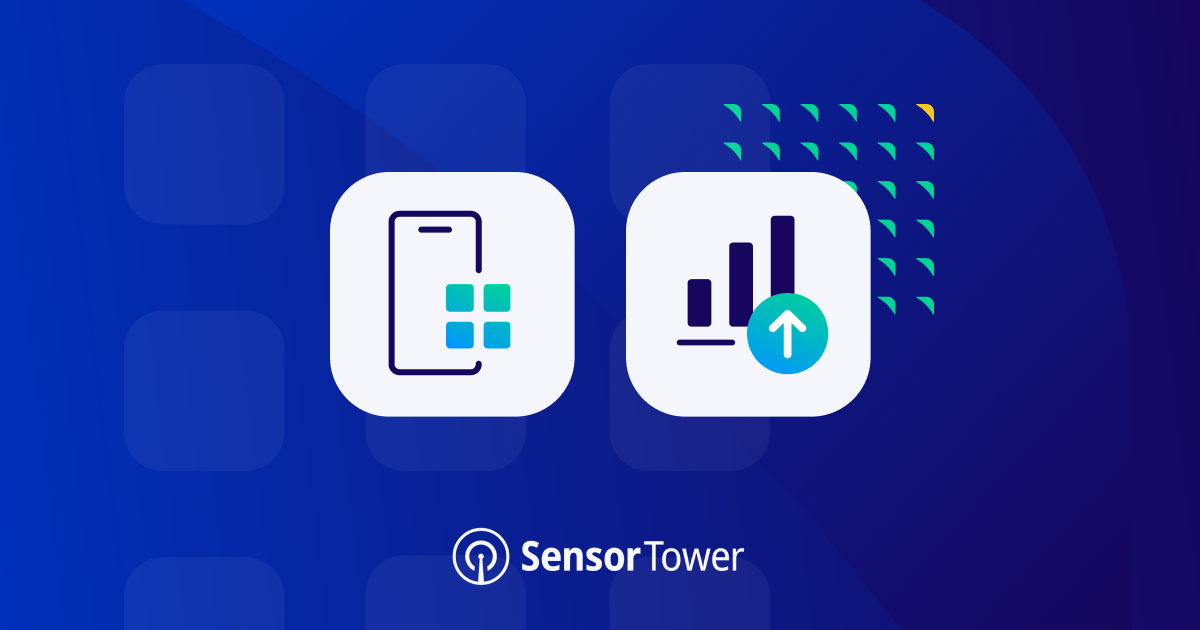Mobile games and apps, in general, have been proven to amass a vast and diverse audience that is not only valuable to app developers but to brands as well. In the past few years – and particularly in the past year, as consumers spent more and more time on their phones – app usage has been rising, making it a prime space for advertising. As long as the user is enjoying a free app or game, the tradeoff of being served ads is worth it for them.
When it comes to online advertising, getting a consumer to watch or look at the ad is far from the end of the story. The goal is to lead them through a journey that will eventually lead to conversion and purchase. AdColony’s The Life of the Mobile Gamer Report revealed that nearly nine out of ten (87%) mobile gamers remembered seeing ads while playing mobile games. In this article, we’re exploring which actions mobile gamers take when they see an ad in-game, and how they feel accessing content on an app versus a website.
In-App Ads are Catching Up to Web
In general, mobile gamers are more willing to engage with an ad they saw on their smartphone than in a mobile game. Let’s keep in mind that smartphone or mobile ads include those seen on a mobile browser and all types of apps including social and games. But that does not mean that consumers are anti-app or games. In fact, 34% of mobile gamers have clicked on an ad they have seen while playing a game while more than one-fifth of mobile gamers have visited a brand’s website or used a search engine to research a product or brand after seeing an ad in a mobile game.
Other sources show a shift toward in-app ads that will continue over the next few years. eMarketer reported that digital video ads have continued to perform better on mobile apps than on mobile web and desktop. So while ads on mobile web get more engagement now, that is not expected to be the case in the near future.
Consumers will clearly encounter many more ads on mobile in general, so it is only natural that they would respond to more of them. It is also good to remember that mobile gaming popularity has increased in the last few years. Many smartphone users have not been playing mobile games for that long, so in a short amount of time, a good portion of them have already trusted this platform enough to take action after seeing ads. As more brands advertise on this platform, consumers will find the ads that are relevant to them, which will likely raise these numbers.
Time Spent in Apps is on the Rise
The Life of the Mobile Gamer survey conducted with GWI showed that consumers slightly favor websites over apps when it comes to ad experience and finding pricing. But once again, these results are not entirely indicative of the bigger picture. Across the globe, people are spending more time on apps than ever before. Data from App Annie revealed that the global average time spent in apps hit 4.2 hours a day in Q1 2021, a 30% increase from two years prior. Similarly, they reported that U.S. consumers will spend over 900 Million hours on mobile shopping apps this holiday season — a 20% increase from the previous year.
Smartphone users are becoming increasingly dependent on their apps which means they are still seeing the great value in using apps over websites. Developers have the opportunity to capitalize on this increased activity by serving interactive video ads, especially in games, to provide a fun and engaging ad experience. Furthermore, retail apps should not only offer exclusive discounts on their apps but also make sure the consumer is aware of them. Brands shouldn’t rely solely on promoting discounts in-app, but should also use other channels such as social accounts and the company’s website to promote in-app deals.
Purchasing is Convenient on Apps
According to mobile gamers, the key strength of apps is a quick and easy purchase process. 44% of respondents said they found it more convenient to purchase on an app than a website. Furthermore, 50.2% of respondents said it is faster to purchase on an app, beating websites’ 49.8%. The close calls on these two survey questions show that convenience is a strong point for apps. Especially after more than a year of almost exclusively shopping online, consumers will need to be reminded that buying on an app is still the easiest way. Brands need to continually assess and optimize their purchase process to keep buyers happy.
Apps and mobile games are not that far behind websites in terms of ads and the purchasing process. In-game and in-app technology continues to evolve as more people spend time on those platforms. While developers and ad tech companies push technology further, brands should take advantage of the opportunities to reach audiences that are becoming more trusting and reliant on apps. By sticking to only older forms of online advertising, a brand (and incremental revenue) could get left behind.
Want to learn more about the preferences of the American mobile gamer? The Life of a Mobile Gamer report has more on mobile gaming demographics as well as data on the car buying process, food and alcohol preferences, entertainment consumption, and more!
About the Study
The survey was developed by AdColony and GWI and distributed online to mobile gamers. All figures in the study (unless noted otherwise) are drawn from GWI’s online research among U.S. internet users who are mobile gamers aged 16-64 via an online questionnaire. GWI only interviews respondents aged 16-64, and their figures are representative of the online populations of each market, not its total population. The survey garnered a total of 1,044 respondents in the U.S. over an eight-day period in Q2 2021.
About GWI
GWI is a target audience company that provides consumer insight across 47 countries to the world’s leading brands, communication agencies, and media organizations. The company runs a global survey representing more than 2 billion connected consumers, which offers up to over 40,000 data points on the behaviors and perceptions of internet users around the world. Using the subscription-based platform, clients including Twitter, Google, Spotify, WPP, IPG, and Omnicom Group can gather in-depth insights into audience behaviors, attitudes, and interests through a combination of survey data and analytics.
Join the Conversation
Do you prefer shopping on apps or websites? Tweet your thoughts to @AdColony. For the latest AdColony mobile news and updates, follow @AdColony on Twitter, like us on Facebook, or connect on LinkedIn.



